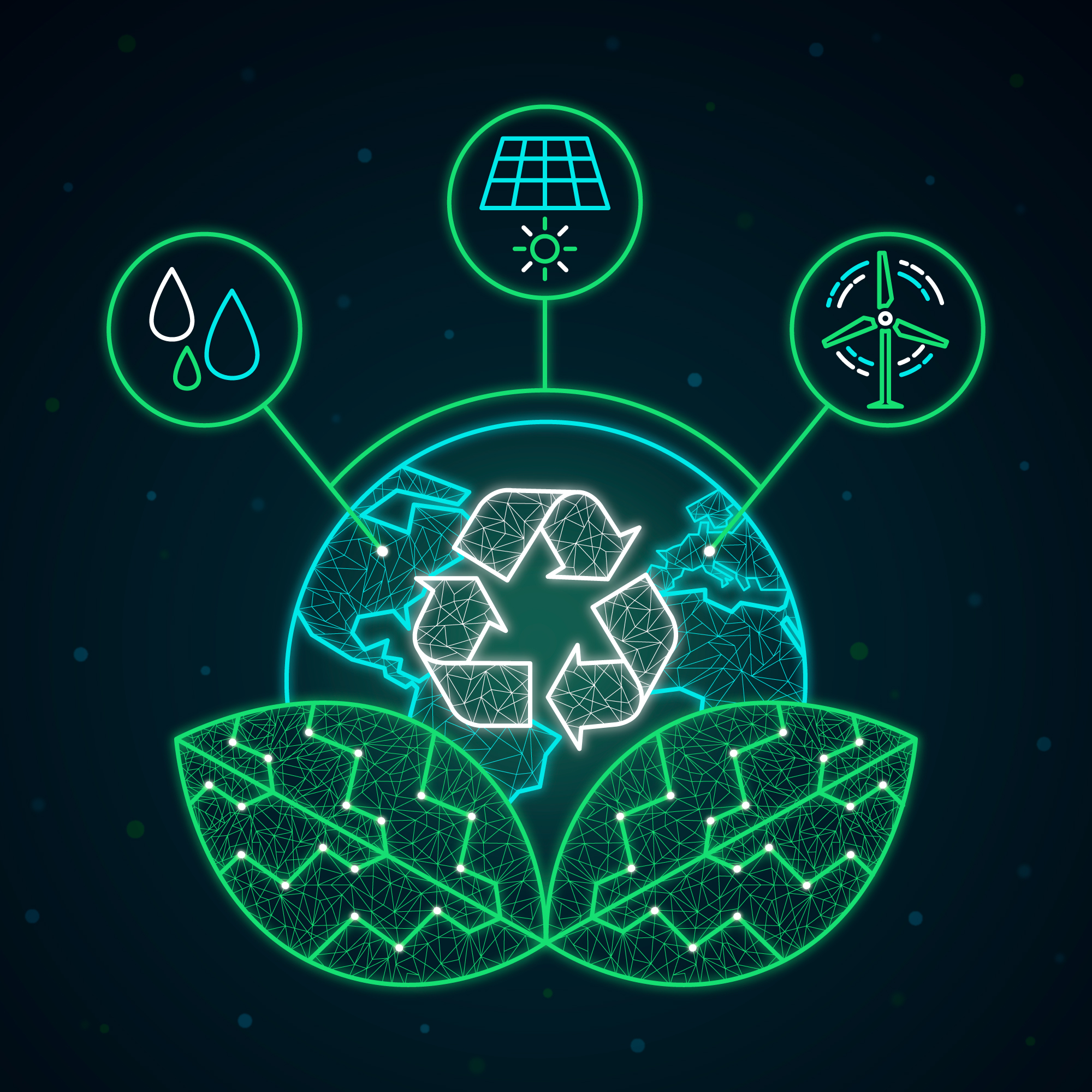Site Reliability Engineering is an approach that combines software engineering and operations to create highly reliable, scalable, and efficient systems. But it isn’t just about improving system reliability and efficiency. SRE also contributes to long-term sustainability in a number of ways. Let’s explore how Site Reliability can help organizations achieve their sustainability goals over the long term.
Reliability and Sustainability: A Natural Connection
At first glance, reliability and sustainability may not seem related, but they are actually intertwined. Reliable systems are more efficient, use fewer resources, and generate less waste. By contrast, unreliable systems can result in downtime, wasted resources, and increased energy consumption. These factors all contribute to higher costs, both financially and environmentally.
Site Reliability: A Path to Sustainability
Now let’s take a closer look at how reliability can contribute to sustainability:
Efficiency and Resource Optimization
One of the key benefits of Site Reliability is its focus on efficiency and resource optimization. By optimizing resource usage and reducing waste, Site Reliability can help organizations minimize their environmental impact while also improving their bottom line. For example, SRE can help reduce energy consumption and carbon footprint by using energy-efficient servers and optimizing code to reduce server loads.
Automation and Environmental Impact
Another key benefit of Site Reliability is its emphasis on automation. By automating routine tasks, it reduces the risk of human error and allows teams to focus on more strategic work. Automation also improves efficiency, reduces waste, and minimizes the environmental impact of software systems. For instance, automation can help minimize server idle time, reduce energy usage, and lower cooling requirements in data centers.
Scalability and Waste Reduction
SRE is designed to create systems that can scale rapidly to meet demand. This scalability enables organizations to handle peaks in traffic and data volume without adding unnecessary resources. By optimizing resource usage, Site Reliability helps organizations reduce their energy consumption and environmental footprint. For example, Site Reliability can help prevent over-provisioning of resources, resulting in wasted energy and resources.
Reliability and Downtime Reduction
Of course, the primary goal of SRE is reliability. Creating highly reliable systems reduces downtime, minimizes waste, and improves overall efficiency. These benefits all contribute to a more sustainable approach to software development and operations. For example, Site Reliability can help reduce server downtime, which reduces the need for additional resources and energy to bring systems back online.
Continuous Improvement and Sustainability
Site Reliability also promotes continuous improvement, which can help organizations reduce their environmental impact over the long term. By continuously monitoring and refining systems, SRE can help identify areas for improvement, reduce waste, and improve overall sustainability. For instance, SRE can help identify areas for optimization and automation, which can help reduce energy consumption and environmental impact.
Incorporating Site Reliability into your Sustainability Strategy
If you’re looking to improve the sustainability of your software systems, consider incorporating Site Reliability into your strategy. Here are some key steps to get started:
- Assess your current systems and identify areas for improvement.
- Train your team on Site Reliability principles and best practices.
- Start small by implementing Site Reliability in a pilot project.
- Continuously monitor and refine your Site Reliability approach.
By following these steps, you can create more sustainable software systems that improve your bottom line and reduce your environmental impact.
Site Reliability Engineering is a powerful approach that not only creates highly reliable, efficient, and scalable software systems, but also contributes to long-term sustainability by optimizing resource usage, reducing waste, improving reliability, and promoting continuous improvement. By incorporating Site Reliability into your sustainability strategy, you can minimize your environmental impact while improving your bottom line.
Take action towards a more sustainable future with TaUB Solutions. Our expert trainers provide corporate training for Site Reliability Engineering, while our consulting services help you build high-performing SRE teams. Contact us today to learn how we can help you optimize resource usage, reduce waste, and create highly reliable and sustainable software systems.





